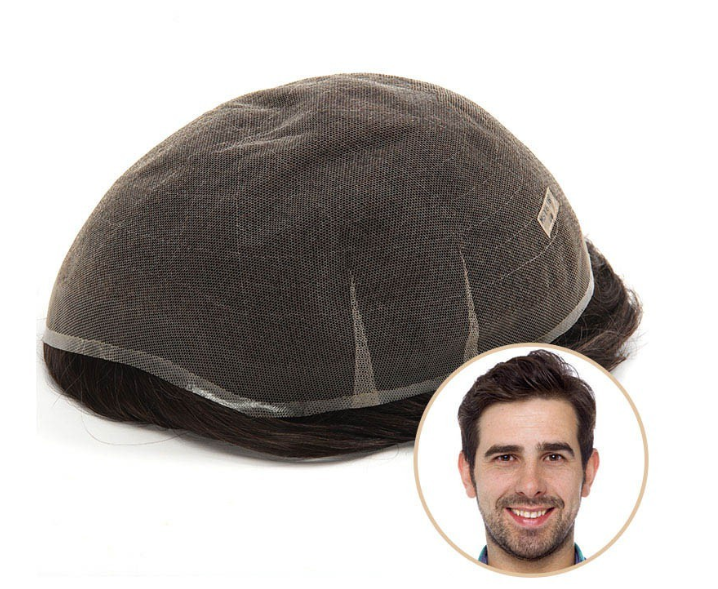Black Friday is here. If you have been thinking about a hair system for men, the time to act is now. Hair systems are on sale, and huge discounts abound. You can upgrade your look without having to spend a fortune.
I recall the first time I tried on a hair system. I was a bit apprehensive: Would it look real? Would it feel comfortable? The truth is, it was natural and easy. That’s why I will always recommend hair systems for men: they provide confidence and are simple to wear.
This Black Friday sale is offering great deals on hair systems. Some stores sell a single hair system at a low price, while others have bundles, which can save you even more if you purchase two. This is the perfect time to try one or stock up.

Black Friday Sales You Won’t Want to Miss
This Black Friday, LaVivid is offering up to 50% OFF selected items, plus an 25% OFF for all hair systems. That’s the lowest price of the year. Honestly, deals like this are pretty hard to beat.
If you’ve been waiting for the right moment to try a hair system, this is it. Seriously, why wait? The holidays are coming, and you deserve to look your best.
Top 5 Hair Systems for Men
Following are five hair systems which I recommend. Each of them has its own features and style.
Upgrade Mirage
Upgrade Mirage is lightweight and breathable, works for most hairstyles, and feels natural. I tried it myself, and it felt very comfortable all day. It is easy to apply and maintain. It’s perfect if you’re just starting with hair systems.
Helios
Do you have an active lifestyle and spend a lot of your time sweating? Wearing Helios, you no need to worry about any itching situation or getting rashes. You will still look hot while exercising in a gym or outdoors.
Upgrade Eros
Upgrade Eros gives more volume; it is full but not heavy. I used Eros for a weekend event, and it looked amazing. It’s durable and can last for a pretty long time. If you want style but a natural look, then Eros is a solid choice.
Tyler
Tyler is perfect for thinning hair or a receding hairline. Soft, breathable, and comfortable. Application is a breeze, even for beginners. I recommended it to friends, and they liked the very natural appearance. Black Friday deals make it even better.
Simois
Simois is ideal for long-term wearing because it does not move around or cause discomfort during the day. It is a low-maintenance wig, which means you don’t have to tinker with it throughout the day. I like Simois for work, social events, or exercise. It is an excellent opportunity to give it a try during the Black Friday sale.
Why a Hair System for Men Makes a Difference
Hair systems are not just about the looks. They help build confidence. Wearing a hair system does matter in daily life, as meetings, social events, or photos feel easier when one looks and feels great.
I know that some people are cautious and may think hair systems are difficult to operate or just too expensive. This Black Friday sale will turn those thoughts upside down. For a great price, you can experience a high-quality hair system, and starting with one of the five systems above will be a smart move. Mirage and Helios are beginner-friendly. Eros and Simois are more versatile. Tyler is suitable for specific hairline needs.
Tips for Purchasing during Black Friday
Check to see if there are any bundles or multi-buy options. Sometimes, you get two hair systems for less than the price of one. Pick a system which suits your style. If not sure, check reviews. Start off simple, then experiment with the other types.
Also pay attention to shipping times. It is busy on Black Friday, so order in advance to avoid delays. Many stores also offer free shipping during sales.
Conclusion
Black Friday is the best time to get a hair system for men. Upgrade your look, boost your confidence, and save money. Five great options are Upgrade Mirage, Helios, Upgrade Eros, Tyler, and Simois; each has different features. Some of them are lightweight, some are full, but all of them look natural. Don’t be late! Deals will go out in seconds. Choose your style of hair system today and feel the difference. Black Friday, treat yourself to a hair system. You will know instantly.












